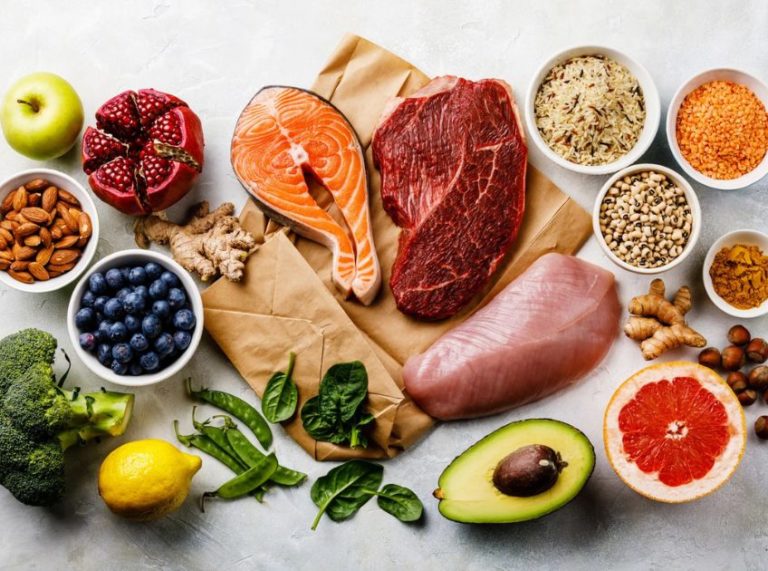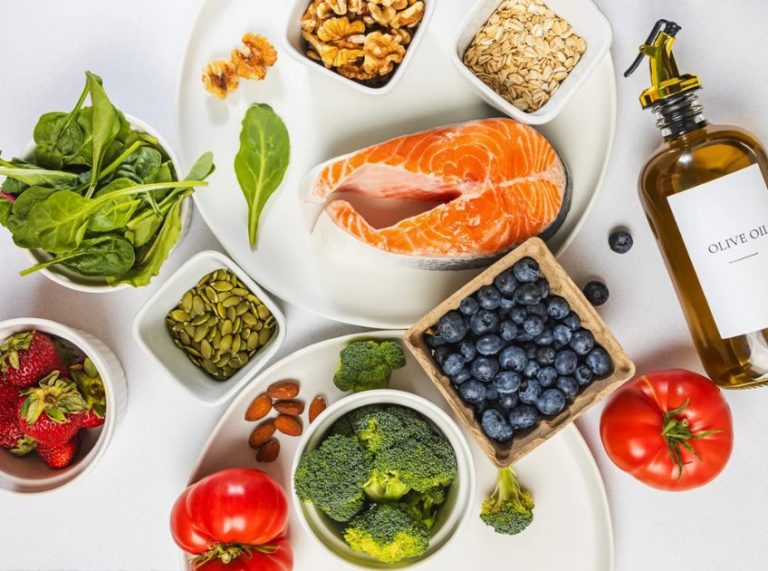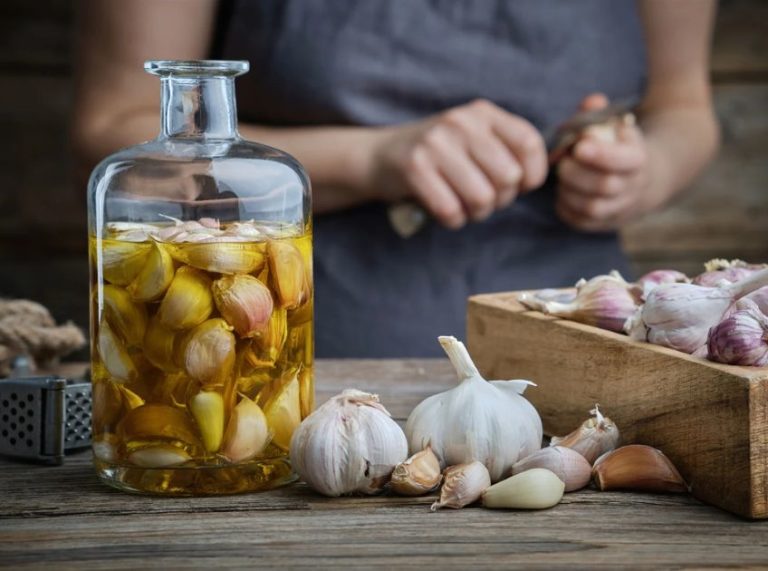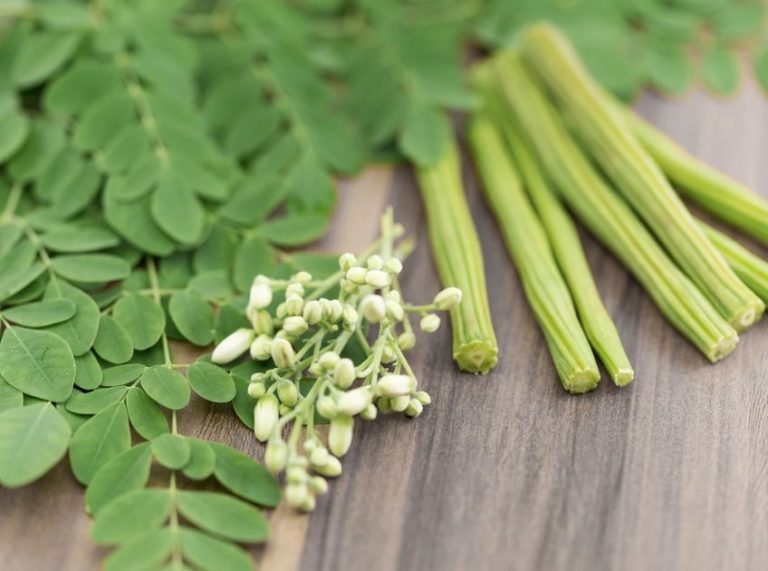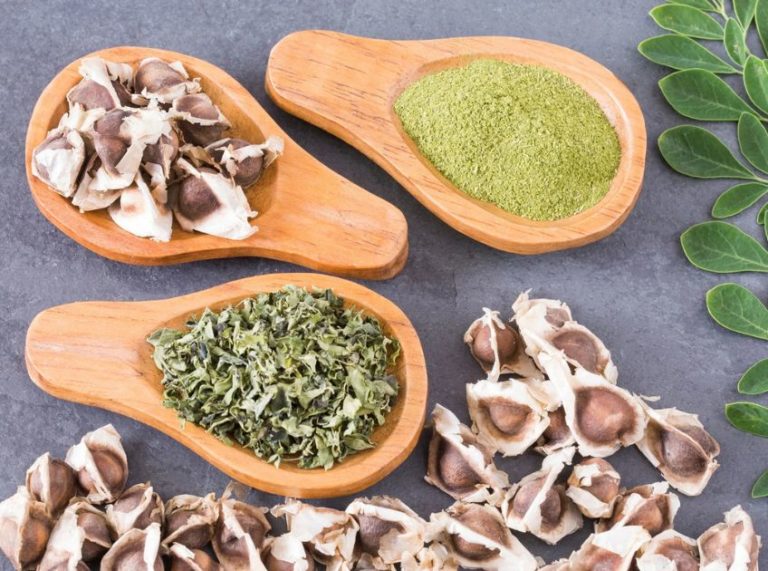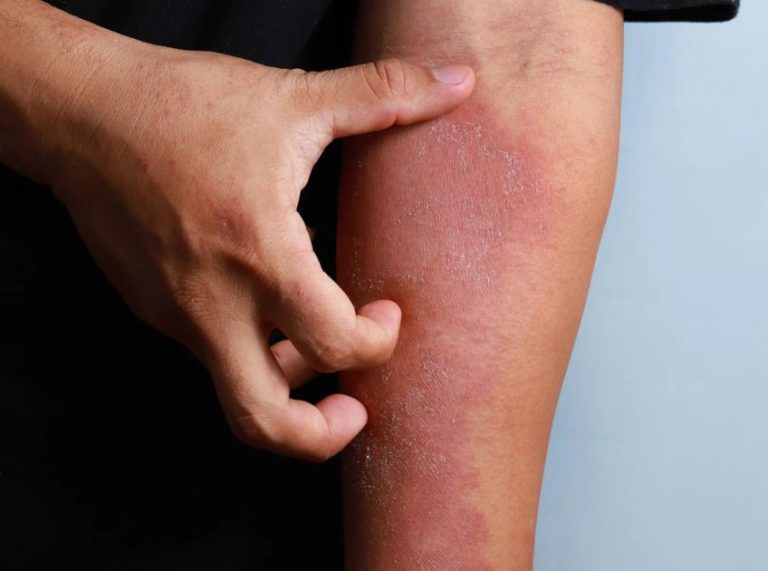
Important: This article is for informational purposes only. Please read our full disclaimer for more details.
Seeds, one of the most nutritious parts of the plant, can offer plenty of minerals and vitamins to the body. However, which seed is better than the other often remains a matter of debate.
In this article, we will learn about the two healthy plant seeds- basil seeds and chia seeds and understand if one is more nutritious than the other based on different criteria.
If you are confused about basil seeds vs. chia seeds, keep reading till the end to know which of them will fulfill your requirements.
Basil Seeds vs. Chia Seeds
Basil Seeds: Also popularly known as sabja seeds, they are a powerhouse of nutrients. At the same time, the immense immunity-boosting properties make them a great choice to include in the daily diet to keep diseases at bay and fight off infections.
Chia Seeds: A rich source of omega-3 fatty acids, fiber, essential minerals, and vitamins, chia seeds boost overall health. These seeds come from Salvia Hispanic and also help in weight management.
Basil Seeds Vs Chia Seeds Nutrition

The impressive nutritional profile of both basil and chia seeds can compel anyone to use them in their daily diet. The best thing is they both are gluten-free, thus a great option for those with gluten intolerance.
Here’s a nutritional comparison of 1 tablespoon or 13 grams of basil seeds and chia seeds –
| Aspect | Basil Seeds | Chia Seeds |
| Calories | 60 | 60 |
| Total fat | 2.5 grams | 3 grams |
| Omega-3 fat | 1,240 mg | 2,880 mg |
| Total carbs | 7 grams | 5 grams |
| Dietary fiber | 7 grams | 5 grams |
| Protein | 2 grams | 3 grams |
| Calcium | 15% of the RDI | 8% of the RDI |
| Iron | 10% of the RDI | 9% of the RDI |
| Magnesium | 10% of the RDI | 8% of the RDI |
Appearance

Both chia and basil seeds look the same, giving beginners a hard time finding differences between the two. A slight difference in color and shape can help you decide which is which.
Also, they become easily identifiable after soaking in water.
- Color: While basil seeds are black in color, chai seeds have a mixture of black, grey, and white seeds. Thus, chai seeds do not appear completely black.
- Shape: There is a slight difference in their shape; basil seeds are elliptical, and chai seeds have oval shapes.
- After soaking in water: Once soaked in water (overnight), chia seeds become large, swelling around ten times of their original weight. Basil seeds swell within an hour and appear larger than chia seeds.
Consumption
The way of consuming chai seeds and basil seeds is also different. While chia seeds can be consumed either as such or after soaking in water, basil seeds are advised to be consumed only after soaking.
Chia seeds can be added to smoothies and shakes, sprinkled over salads, or used in dessert recipes to increase their nutritional value. Some people also use soaked chia seeds in their drinking water.
Basil seeds can be added to soups, cereals, and shakes.
Taste
As we have mentioned, regarding the ways of consumption of chai and basil seeds, it is essential to understand how their taste differs.
Usually, you won’t get any particular taste in chia seeds. It makes it easy to add nutritional seeds to different food items without altering their flavor. On the other hand, basil seeds have a mild basil flavor. Thus, adding them to dishes where they compliment the taste will help.
Basil Seeds Vs Chia Seeds For Weight Loss
Fewer calories and high fiber in both seeds make them an excellent source for weight management. There are many studies indicating the effectiveness of chia seeds in weight loss (1). However, when it comes to basil seeds, only limited data is available.
Nevertheless, both are great when it comes to their nutritional composition; therefore, consuming any of them will only prove to be beneficial.
Here are the major differences between chai seeds and basil seeds-
| Aspect | Chia Seeds | Basil Seeds |
|---|---|---|
| Origin | Derived from the Salvia hispanica plant. | Extracted from the seeds of the Ocimum basilicum plant. |
| Appearance | Small, oval-shaped seeds with a variety of colors. | Small, round seeds, predominantly black. |
| Nutritional Content | Rich in omega-3 fatty acids, fiber, protein, and calcium. | Good source of fiber, iron, and other minerals. |
| Taste | Neutral taste with a slight nutty flavor. | Mild flavor, similar to basil leaves. |
| Gelatinous Texture | Absorb liquid and develop a gel-like consistency when soaked. | Absorb water and form a gel-like coating around the seed. |
| Culinary Use | Added to smoothies, oatmeal, yogurt, or baked goods for added nutrition. | Used in beverages like falooda or desserts in Southeast Asia. |
| Health Benefits | Aid in digestion, promote heart health, and may help in weight management. | Known for cooling properties, aid in digestion, and purportedly reduce body heat. |
| Shelf Life | Can be stored for extended periods without spoiling. | Best when consumed fresh due to oils turning rancid quickly. |
Conclusion
Now that we have explained the major differences between these two wonder seeds on the basis of different aspects, choosing between basil seeds and chia seeds will become easy. Keep in mind their nutritional composition, taste, and health advantages to reap maximum benefits.
Related Articles
- Can You Eat Sunflower Seed Shells?
- Can You Eat Grape Seeds?
- Health Benefits of Chia Seeds You Should Definitely Know
- Chia Seeds and Lemon for Weight Loss: Benefits and How to Take
- How to Use Chia Seeds for Colon Cleansing
- How to Take Chia Seeds for Constipation Relief?
- 7 Healthy Homemade Drinks for Flat Tummy
- Weight Loss Foods – 25 Best Foods to Eat to Lose Weight Easily
- 15 Foods That Helps to Relieve Constipation in Your Kids
- Top 8 Weight Loss Drinks – Healthy Drinks to Lose Weight

